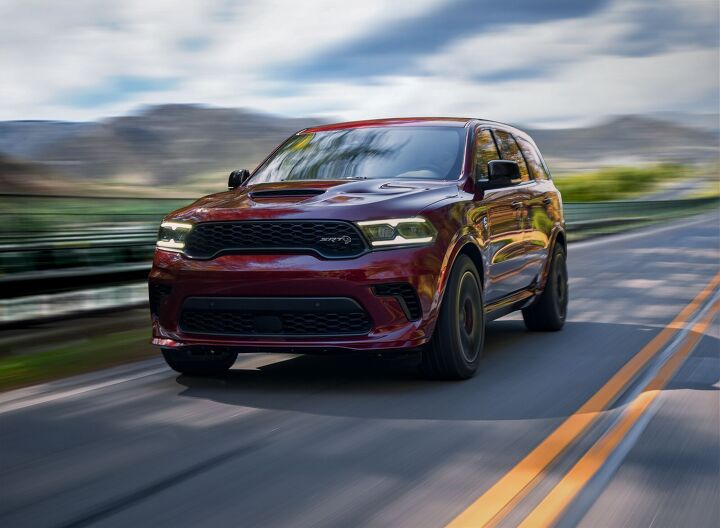How The 'Big Beautiful Bill' Could Save You $10,000 On Your Next Car

The U.S. Senate has passed the One Big Beautiful Bill, a sweeping tax and policy package that includes a proposed deduction for interest paid on loans for new vehicles assembled in the United States.
Key Points
- The One Big Beautiful Bill includes a tax deduction of up to $10,000 on interest paid for new vehicle loans—but only for U.S.-built vehicles and personal use, not commercial or fleet.
- The deduction phases out for individuals earning over $100,000 (or $200,000 for joint filers), and the average car buyer is expected to save around $500 in the first year—with higher savings possible for large loans.
- By limiting the deduction to cars assembled in the U.S., the bill aligns with President Trump’s push to boost American automotive production and reduce reliance on imports.
Congress finalized the bill on July 3, 2025, and President Donald Trump signed it into law during a special event on July 4.
Tucked within the wide-reaching omnibus legislation that touches multiple facets of daily life is a provision called “No Tax on Car Loan Interest,” which could save buyers up to $10,000 over the life of a loan. However, there are some strings attached.
To qualify, the vehicle must:
- Be assembled in the U.S.
- Weigh under 14,000 pounds
- Be a passenger vehicle—sedans, SUVs, minivans, pickups, or motorcycles
- Be used for personal, not commercial, purposes
- Be new and road-legal (no salvage titles or parts vehicles)
- Fleet and lease vehicles are excluded, and buyers must meet income thresholds to claim the full benefit.
Buyers with loans of $110,000 or more could see the full $10,000 interest deduction in a given tax year, though that applies to only about 1% of new car loans, according to the New York Times. Loans of that type are really only seen for exotic brands such as Ferrari, Lamborghini, or Aston Martin.
Cox Automotive says the average car loan sits around $43,000, which could translate to about $3,000 in deductions in the first year of a six-year loan for the average car buyer. However, most buyers will probably only see about a $500 reduction in taxes in the first year, with that amount shrinking with each subsequent year.
The interest deduction begins to phase out after $100,000 in adjusted gross income for individuals and $200,000 for joint filers. For every $1,000 above those thresholds, the deductible amount decreases by $200. That means a single filer earning $115,000 would lose out on $3,000 of the potential benefit.
With EV incentives changing and more automakers localizing production, this new law could reshape the buying landscape just as brands roll out next-generation electric and hybrid vehicles.
Become an AutoGuide insider. Get the latest from the automotive world first by subscribing to our newsletter here.

An experienced automotive storyteller and accomplished photographer known for engaging and insightful content. Michael also brings a wealth of technical knowledge—he was part of the Ford GT program at Multimatic, oversaw a fleet of Audi TCR race cars, ziptied Lamborghini Super Trofeo cars back together, been over the wall during the Rolex 24, and worked in the intense world of IndyCar.
More by Michael Accardi



































Comments
Join the conversation
You are repeating Trump/MAGA propaganda. 1. People who can afford a $110, car wil. E over the I come limits to take the deduction. 2. The average person buying the average priced car probably has income low enough where they are not itemizing so they don't benefit from a deduction. The number of people who will actually benefit is actually very small. Hopefully people will actually do the math and figure out if they are part of that group before purchasing. Otherwise they may be in for a big disssapointment.
Really interesting breakdown of how the Big Beautiful Bill could reshape affordability for car buyers—especially with EV incentives and trade-in opportunities. It's good to see more policies acknowledging the financial hurdles many drivers face. For anyone planning to upgrade, services like scrap car removal Melbourne can be a practical first step to clear out the old and make room for the new.